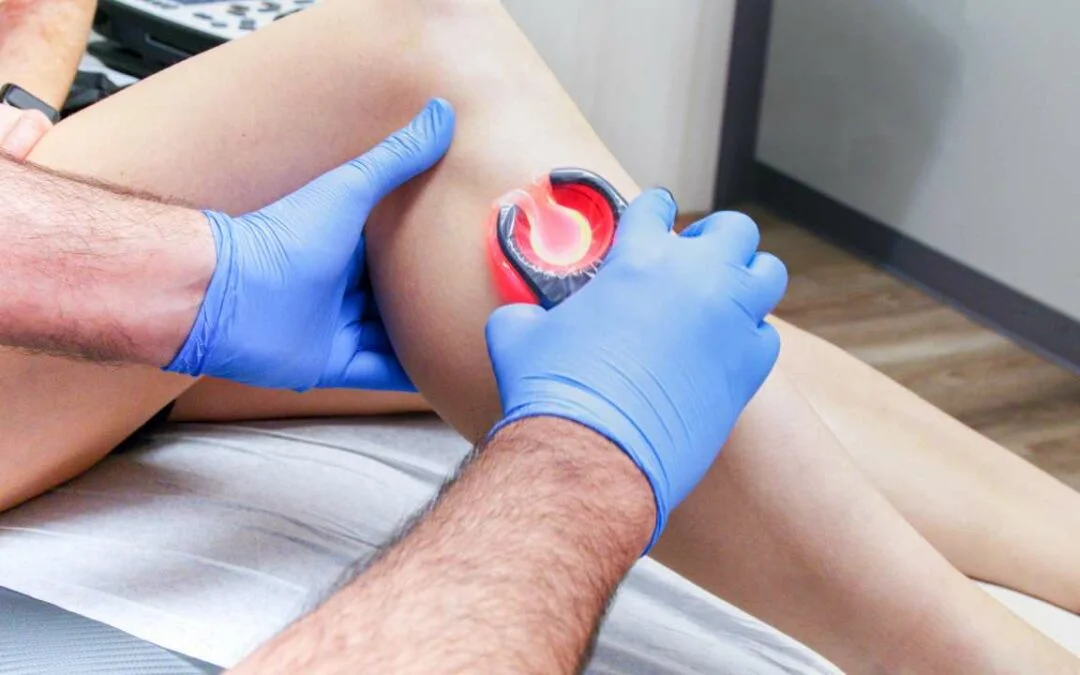When Do Babies Stop Flailing Their Arms and Legs?
Babies are known to flail their arms and legs in the air during sleep, but when does this behavior stop? This question may seem insignificant, but there are actually health reasons for understanding when babies stop flailing their arms and legs that go beyond curiosity. For example, if your baby continues to do this well into his or her first year of life, it can be a sign of an underlying neurological condition such as cerebral palsy or autism.
Why Does My Baby Flail Her Arms?
Researchers aren’t exactly sure what purpose arm flailing serves for infants, but it does seem to be a good way for them to stay close to their parents. By picking up their little one, parents encourage longer periods of calm and give babies a chance to learn about different sensory experiences. Keep in mind that as your baby gets older, she may need her freedom — but don’t worry if she still flails her arms occasionally when she’s an adult! Some research suggests arm-flapping is just something most of us do sometimes.
Is it normal for babies to flail their arms and legs?
Most babies flail their arms and legs when they are learning to sit up. The human body is so complex that it doesn’t immediately take to sitting up, much like a hand won’t reach for an object unless you tell it to. Most babies don’t figure out how to sit up on their own until they are between 6-8 months old. Most pediatricians will say that flailing arms is perfectly normal for infants learning how to sit up; however, if your baby seems frustrated or overly tired after trying to sit, it might be a good idea to start him on tummy time so he can strengthen his neck muscles before attempting independent sitting. At any rate, you should consult with your pediatrician before deciding what activities are best for your child!
When do babies control their arms?
It’s important to note that while babies can control their arms before they can control their legs, it doesn’t mean they will. In fact, even adults struggle with arm flailing sometimes—and that’s totally normal. So if your little one isn’t so graceful at times (and let’s be honest: toddlers aren’t always known for their gracefulness), don’t worry! In general, babies start moving independently around 4 to 6 months old; however, some can do it earlier or later than others. If you’re ever worried about whether your baby is too young or too old to roll over, crawl or walk, check in with his doctor; he’ll help you figure out what is normal for your child at his current age.
How can I help my baby stop flailing his arms?
It’s normal for babies to flail their arms when they’re learning to coordinate them with other movements. Your baby will likely begin to get a better handle on his limbs somewhere between 4 and 7 months, when he starts lifting them in response to your vocal cues. For example, say bye-bye or how are you? and watch as he lifts his arm. After another month or so, he may begin raising both arms at once in response to that same question—and while he’s still not waving back just yet, you can begin helping him wave bye-bye by saying it over and over again as you help guide his hand into a waving motion. It might be slow going at first, but eventually he’ll get it!
What does it mean when a baby constantly kicks his legs?
Some babies are constantly kicking their legs, and it’s normal. It’s a sign that they’re comfortable in what they’re wearing or where they are. When you hold your baby, keep her head level so she can see what’s going on around her. She might enjoy watching you do simple tasks like folding laundry or tidying up a room. If there is no physical reason for excessive kicking (like an uncomfortable swaddle), just enjoy holding your little one close as he explores his surroundings!
What is Moro reflex in newborns?
The Moro reflex, also known as startle reflex or vernix is a specific type of reflex seen in newborn infants. It is a response to sudden stimuli such as loud noises or a clap of hands, that causes an infant to quickly pull their arms and legs into a flexed position (clasping posture) with extension of the head and contraction of abdominal muscles. Infants are born with flexor responses that gradually become extensor responses in order to develop postural tone . After three months, these reflexes disappear from full strength, but often remain at some level throughout childhood, though it can take several years for them to diminish. All babies have them but some children retain them longer than others. Some children may retain them until 4-6 years old.
recommended for you
SUBSCRIBE, SAVE & BE HAPPY
Be the first to know about new products, sales and specials!










